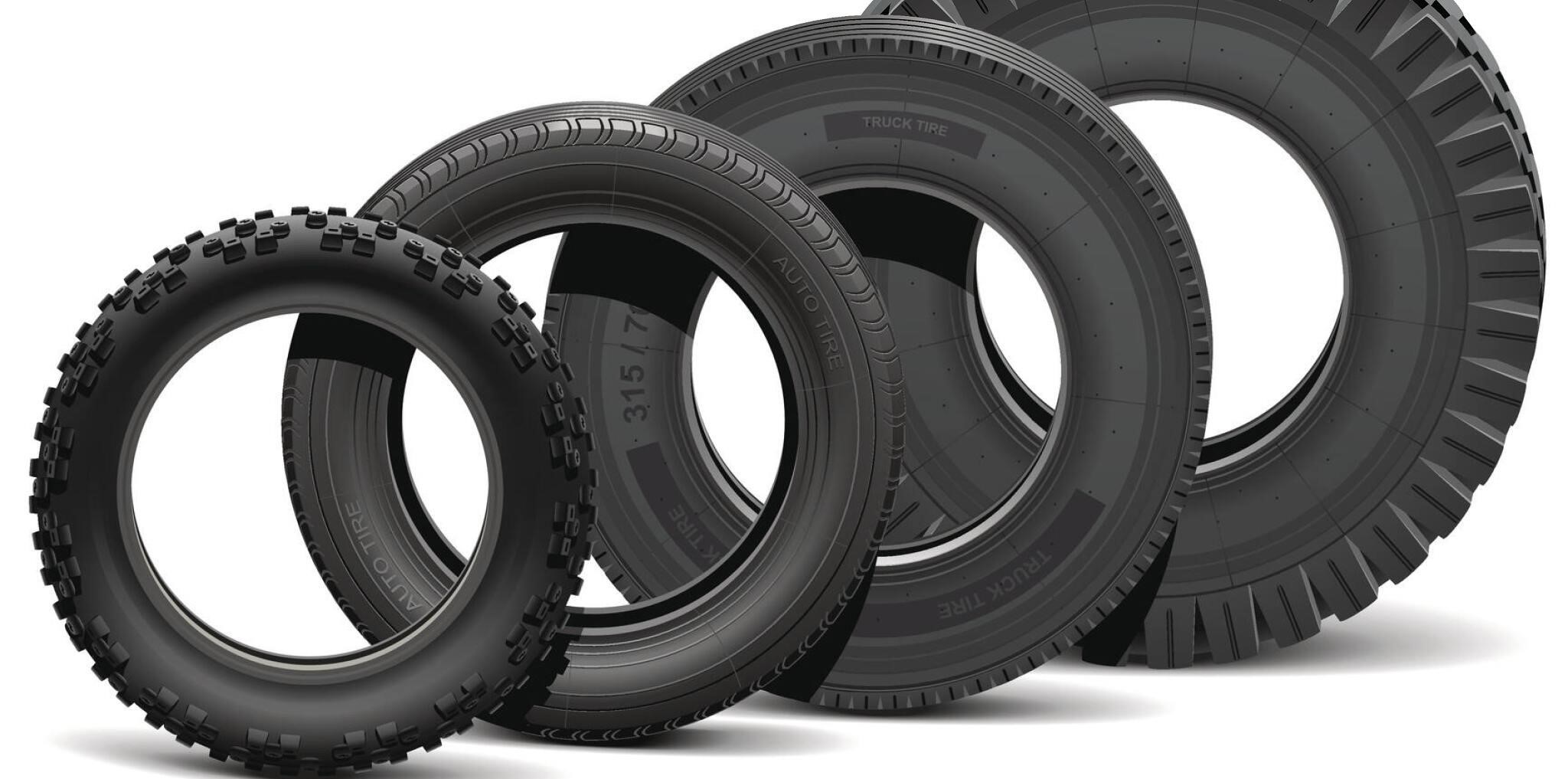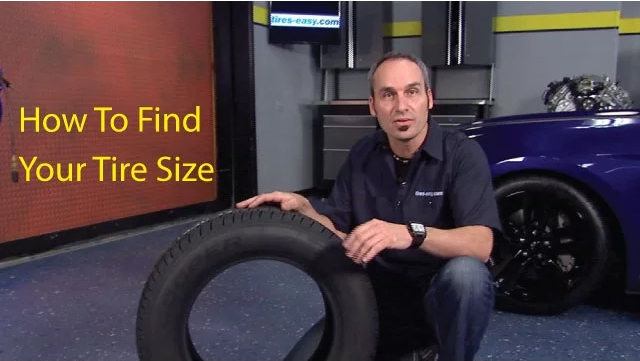Diversity of Different Tire Sizes: A Historical and Practical Guideline

Reading Time: 15 minutes Tire Sizes: Understanding the Basics of Tire Dimensions The world of automotive tires is vast and varied, with many sizes and types available. Understanding tire sizes is crucial not only for vehicle maintenance but also for enhancing overall performance and safety. This section delves into the basics of tire dimensions and their role in vehicle […]
Discover Your Tire Size Easily with Kevin Byrd of Two Guys Garage

Reading Time: 4 minutes Master the Art of Identifying the Perfect Tire Size for Your Vehicle Navigating the intricate world of tires can be daunting, akin to decoding a foreign language with its myriad numbers, symbols, and technical jargon. The process can seem even more challenging when trying to find the perfect size for your vehicle. However, the importance […]
Types of Tires: A Complete Guide to Help You Buy the Best Tires for Your Vehicle

Reading Time: 14 minutes Navigating the Tire Landscape for Peak Performance and Safety Buying tires for your vehicle is not a one-size-fits-all decision. Unfortunately, no universal tire works perfectly with every car, weather condition, and application. To understand how to buy tires for the best result, you need to understand the types of tires that apply to specific applications […]
Lawn Tractor Tires – Sizing & Buying Guide

Reading Time: 7 minutes Mastering Lawn Tractor Tires For many homeowners and gardening enthusiasts, a lawn tractor is an essential piece of equipment that ensures their greens remain immaculate. However, the efficiency of a lawn tractor heavily depends on its tires. Replacing a damaged or worn-out lawn tractor tire is easy and a lot easier than taking the tractor […]
P-metric tires or LT tires: Which Is Right for My Truck?

Reading Time: 6 minutes Deciphering Truck Tire Terminology Many truck owners do not know the difference between p-metric and LT tires and which is better for their vehicle. If you drive a pickup truck, large SUV, or a panel van, you should know the difference between these size designations. A replacement of the exact tire that came on the […]


